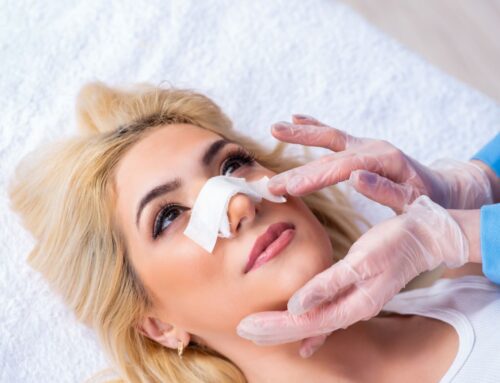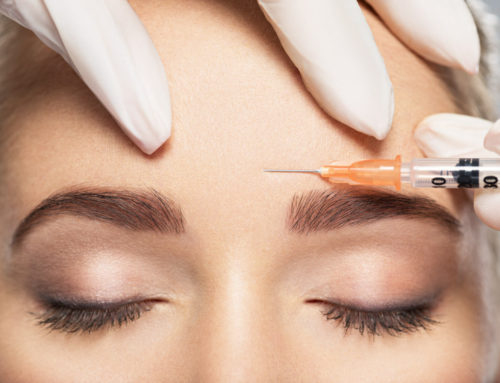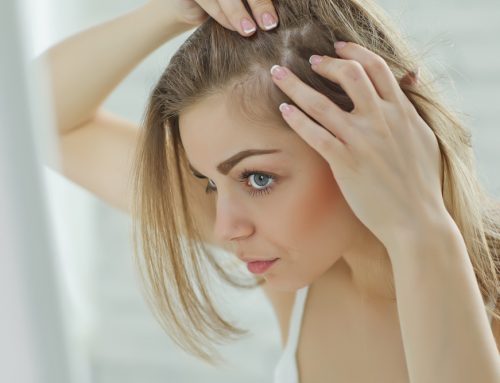Do you suffer from persistent headaches, migraines, and neck pain? Do you find yourself reaching for a variety of pills but never finding lasting relief? Have you been unsatisfied with the results that traditional oral medications have offered in the past? If so, then it may be time to explore another option to treat chronic migraines: Botox.
Botox for Migraines
Since 2010, Botox has been approved by the Food and Drug Administration (FDA) as a preventative treatment for migraine headaches– meaning it can help stop them before they even start! At Barr Aesthetics we specialize in providing safe and effective treatments utilizing this versatile injectable.
Overview of Botox
Botox has become a popular treatment for various medical conditions and cosmetic enhancements, but what exactly is it and how does Botox work?
What is Botox?
Botox, which is short for botulinum toxin, is a neurotoxin that is used to temporarily paralyze muscles.
When are Migraines Considered Chronic?
Chronic migraines are defined as headaches that occur at least 15 days per month.
How Does Botox Prevent Migraines?
Many of us are familiar with using Botox to reduce wrinkles, but how does it prevent migraines? By reducing muscle tension in the head and neck, Botox can help alleviate migraine pain and improve quality of life by reducing the severity and frequency of chronic headaches.
Who Can Get Botox for Migraine Relief?
Botox for chronic migraine relief is approved for people aged 18+.
Does Insurance Cover Botox Treatments for Chronic Migraines?
Because Botox for migraine treatment is FDA-approved, you may be able to get some insurance coverage.
Benefits of Using Botox for Migraine Treatment
For anyone who suffers from chronic migraines, the prospect of finding relief is all-consuming. It’s exhausting having to worry about being incapacitated for hours at a time with a debilitating headache that causes nausea, vision problems, and sensitivity to sound.
Fortunately, Botox has emerged as an effective treatment option for migraine headaches. Clinical studies have shown that injecting Botox into specific muscles of the face and neck can significantly reduce both the frequency and severity of migraines. How? The calculated injections target pain fibers and block the chemicals that transmit pain from one nerve ending to another.
With this chemical release blocked, pain networks in the brain don’t receive the message that there’s a headache. It may take up to three injections before Botox is an effective migraine preventative, but it’s worth the wait to be headache-free for up to three months.
How Botox Can Help with Other Migraine Symptoms
If you’re a chronic migraine sufferer, you know the pain is just one part of the puzzle. Nausea, dizziness, sensitivity to light and sound are all too familiar symptoms that come with the territory. That’s where Botox comes in. Since it blocks pain signals, it can reduce chronic neck pain, which can prevent your body from feeling nauseated or developing sensitivity to sound and light as a migraine progresses.
What to Expect When You Get Botox for Migraines
Just like at a Botox appointment for cosmetic enhancements, you can expect that a very small needle will be used to inject Botox for migraine treatment.
The injection site will be cleaned, and the Botox will be injected in targeted areas such as your neck, jaw, or forehead. Trigger points will be identified for your specific headaches, and Botox will be administered in those areas.
WebMD reports the findings of a study in which Botox was used to treat migraines, and found that injections “cut down the total number of days they had them.” Additionally, after two rounds of Botox treatment for migraines, participants of another study had 50% fewer migraines each month.
To be effective, you’ll need to continue Botox injections for migraines once every three months or so for consistent results.
Safety Considerations When Using Botox for Migraines
While Botox can be effective in reducing migraine frequency and severity, it’s important to carefully consider the potential side effects and complications. The most common side effects of Botox for migraines include:
- Injection site pain
- Swelling
- Bruising
- Dry eyes
- Watery eyes
- Drooping facial muscles
In rare cases, more serious side effects including difficulty breathing or swallowing can occur. Some other uncommon Botox side effects include:
- Allergic reaction
- Vision problems
- Muscle weakness
As such, it’s important to discuss any concerns with your healthcare provider and carefully weigh the benefits and risks before deciding on Botox treatment for migraines.
How to Decide if You Should Get Botox for Migraines
It’s important to discuss your headaches with your medical provider to determine what treatment options or preventative measures are best for you. If you’ve been diagnosed with chronic migraines and have tried a variety of remedies, discuss Botox with your doctor. Together, you can decide if it’s the right choice for you, and you can meet with the experts at Barr to proceed with treatment.






